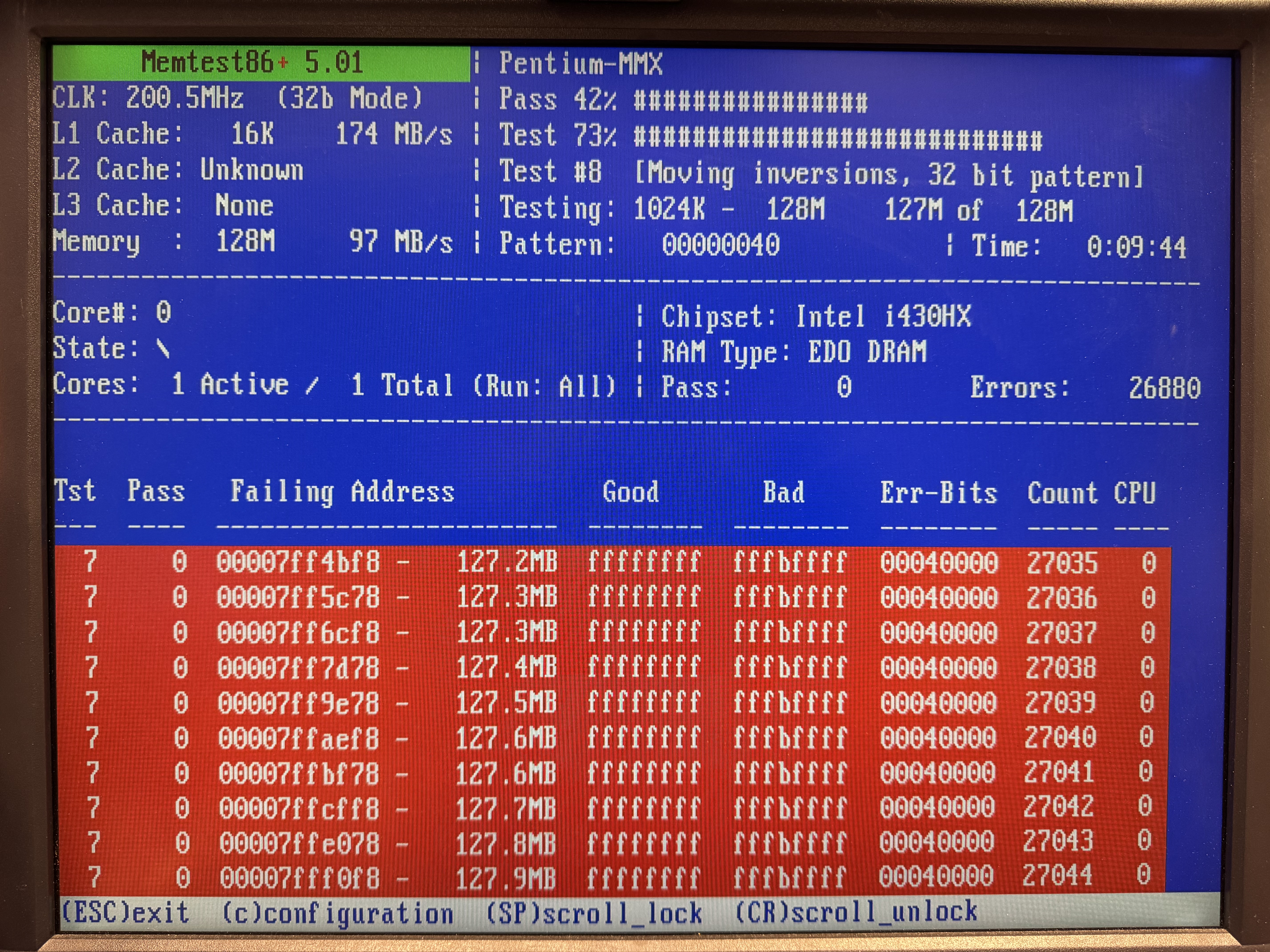Search results for tag #os2
The platinum sponsor demonstrates the 100 ways for poor Larry Laffer to die (and resurrect) #EBC25 #RunBSD #EuroBSDcon #EuroBSDCon2025 #DOS #OS2 #retrogaming #SierraOnline
TL;DR: ISA Matrox cards are really, really slow in DOS.
I recently built an original Pentium 60MHz system, built on an ECS motherboard. Around the same time I received a "mystery" VGA card: A Matrox MGA Impression ISA card. And since most of my builds are "open builds" and therefore easily accessible, that machine got the pleasure of becoming the test bench for the Matrox.
As already revealed, the Matrox performs atrociously bad. So bad, in fact, that I had to test a couple other ISA cards to make sure it wasn't a system issue. I used my go-to benchmarking tool #3DBench from Phil's DOS Benchmark Pack. I really don't want to experience Doom with this card..
And without further ado, the contestants and their results in this spur-of-the-moment benchmark run:
- Baseline: A 32-bit PCI S3 Virge/DX based card with 4MB RAM: A perfectly workable 48.2
- The low-end Trident TVGA9000C with 512KB RAM (this is a real garbage card): A pretty shitty 14.2
- The mid-range Cirrus Logic CL-GD-5422 with 1MB RAM (this is a decent card, know for compatibility but not necessarily speed): A barely bearable 24.7
- And finally, the "star" of the show, the Matrox: A whopping 10.9!
I said it was atrocious, didn't I? But hey, I'm gonna use this one with #OS2 anyway, so who cares about DOS performance, right? ;)
TL;DR: ISA Matrox cards are really, really slow in DOS.
I recently built an original Pentium 60MHz system, built on an ECS motherboard. Around the same time I received a "mystery" VGA card: A Matrox MGA Impression ISA card. And since most of my builds are "open builds" and therefore easily accessible, that machine got the pleasure of becoming the test bench for the Matrox.
As already revealed, the Matrox performs atrociously bad. So bad, in fact, that I had to test a couple other ISA cards to make sure it wasn't a system issue. I used my go-to benchmarking tool #3DBench from Phil's DOS Benchmark Pack. I really don't want to experience Doom with this card..
And without further ado, the contestants and their results in this spur-of-the-moment benchmark run:
- Baseline: A 32-bit PCI S3 Virge/DX based card with 4MB RAM: A perfectly workable 48.2
- The low-end Trident TVGA9000C with 512KB RAM (this is a real garbage card): A pretty shitty 14.2
- The mid-range Cirrus Logic CL-GD-5422 with 1MB RAM (this is a decent card, known for compatibility but not necessarily speed): A barely bearable 24.7
- And finally, the "star" of the show, the Matrox: A whopping 10.9!
I said it was atrocious, didn't I? But hey, I'm gonna use this one with #OS2 anyway, so who cares about DOS performance, right? ;)
Received these in the mail today. Haven't had a Norwegian OS/2 box since the early 90s! And the one on the right is the somewhat rare Norwegian "OS/2 2.1 for Windows 3.1" on CD-ROM - if it isn't on archive.org yet it will be soon. :)
Edit: Fixed alttext; only the 2.1 box is "for Windows", meaning they don't include Windows but use the license and files you presumably already have.
Don't get me wrong - I really like OS/2. But IBM never really made pretty things, did they?
And the alt text needs to be forced upon y'all in this one:
Short video clip showing a vector drawing of a green field with a road leading past some purple mountains in the background. There's a small blob of water next to the road. There are gradients everywhere: background, mountains, road, water..
The sun is orange (also gradient) with a drop shadow like only late 80s vector drawing software could. Corel Draw maybe? It reads "OS/2 Warp" in the top right corner.
There is an absurdly large metal pole with an even larger white sign full of names printed in a horribly-rendered font (probably System Proportional). The background of the sign is white and, thankfully, not gradient. I suspect this is due to technical limitation, not artistic ones.
Also, testing hashtags on snac ;)
#OS2 #WarpServer #Memtest
@harald Generally, no. Let me be verbose :D There are a lot of problems with that slash in the name which makes it hard to find and post OS/2-related stuff:
- Mastodon web UI renders it as simply <hash>OS, with the
/2dangling. I can coerce it to search for it by manually editing the URL with%2fin place of the/, but it seems to not actually search for hashtags but simply plaintext search when I do that. - Pleroma displays "OS/2" in your message as a link to your instance, but does not interpret it as an actual hashtag - the hash (
#) itself is not part of the anchor text. - My preferred iOS client (Pipilo) fails, probably due to a server error, to display anything if I tap the link in your message. Other clients don't even try to send the
/2at all, considering the slash another word separator.
Whichever search engine I use (not fediverse), finding OS/2 stuff is made harder because of the same issue, and you need to treat it specially by quoting or escaping or whatever your search engine of choice prefers.
I mean yeah, great, I get a proper BSD-4.4, 32-bit TCP/IP stack and tools. But it's taken me half a day. Getting the installation files over involved loading packet drivers and using #mTCP in a DOS session. Which works .. surprisingly well. But still .. FixPak43, reboot. MPTS, reboot. Netscape 2.02, reboot. Java 1.18, reboot. Feature Installer plug-in (no reboot). Then, finally, TCP/IP.
All this to have a machine to play with at #Blackvalley.
#OS2 #Retrocomputing #WhyAreYouReadingThis #GoDoSomethingUseful
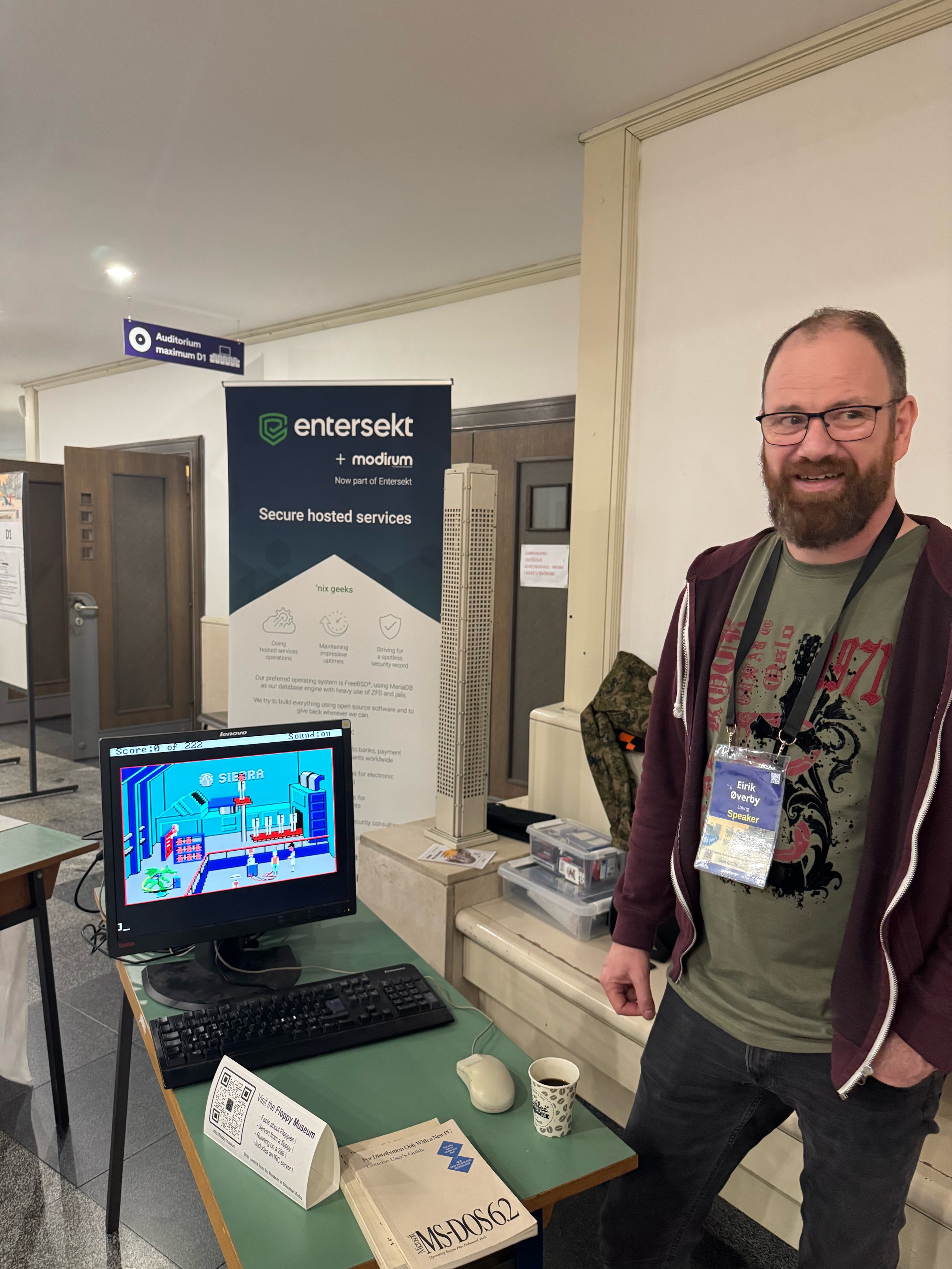
![[?]](https://weirdr.net/snac/ltning/s/271784d3d55493d08c915e5bb7862aaf.jpeg)
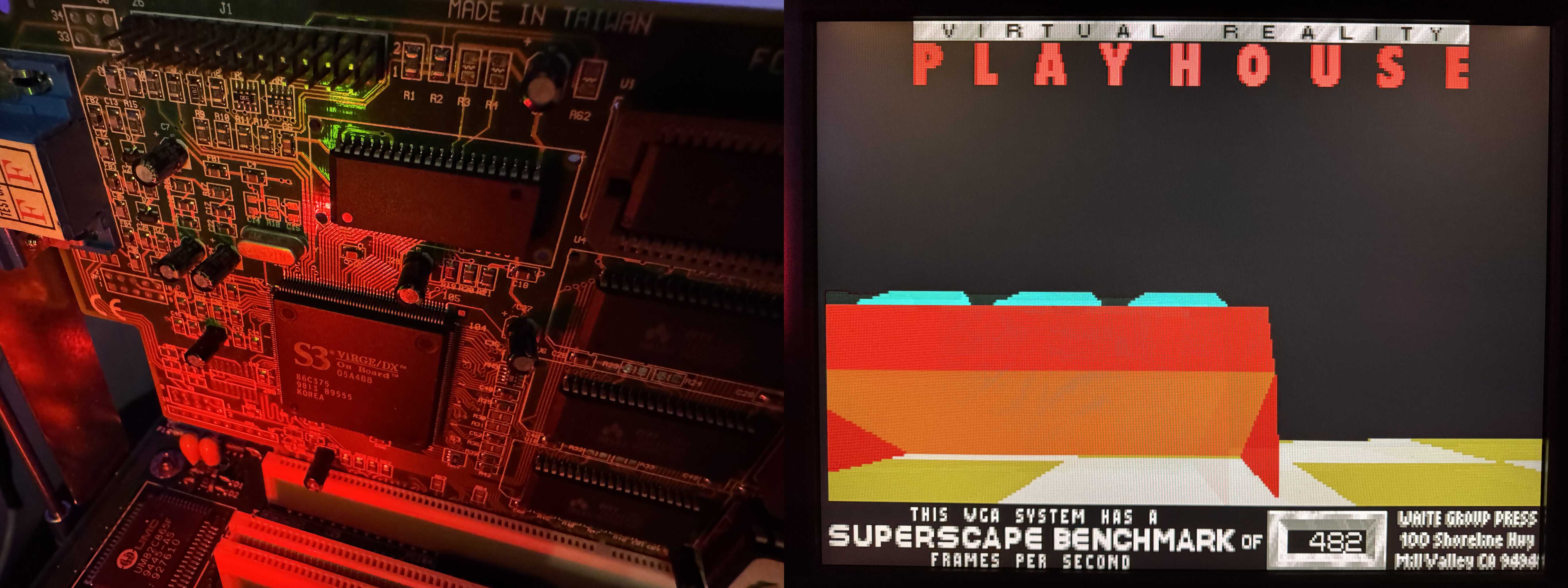
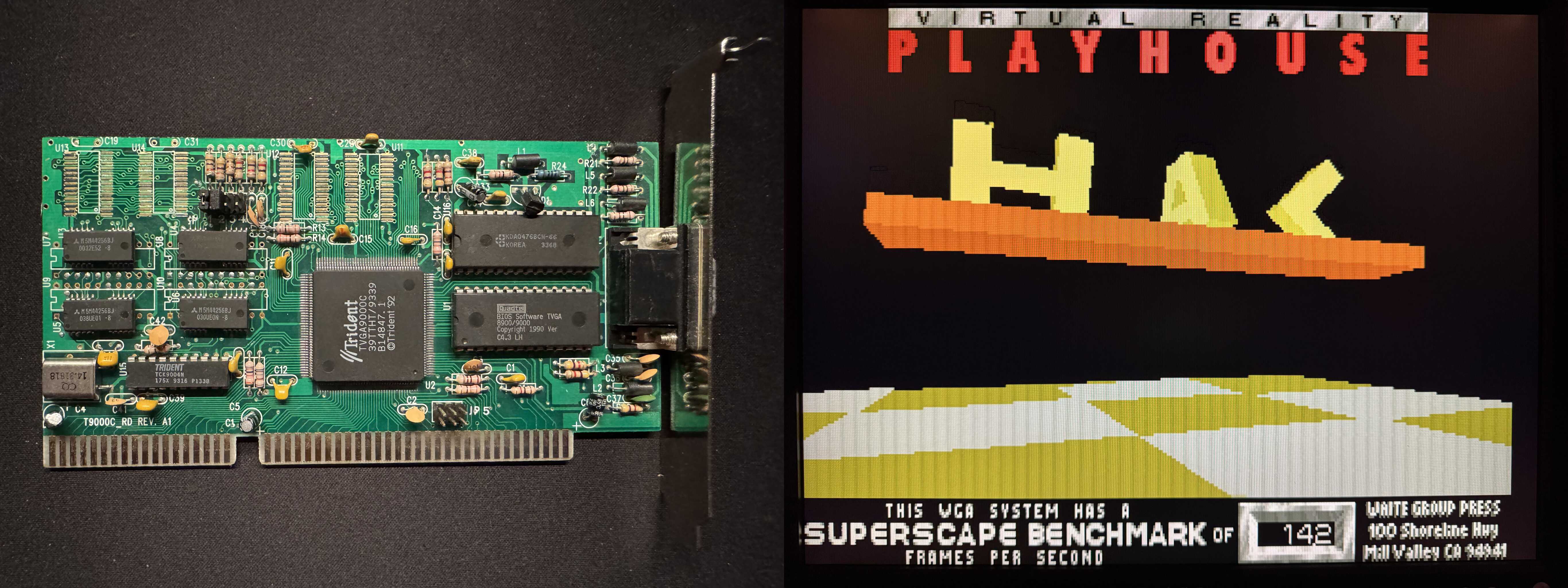
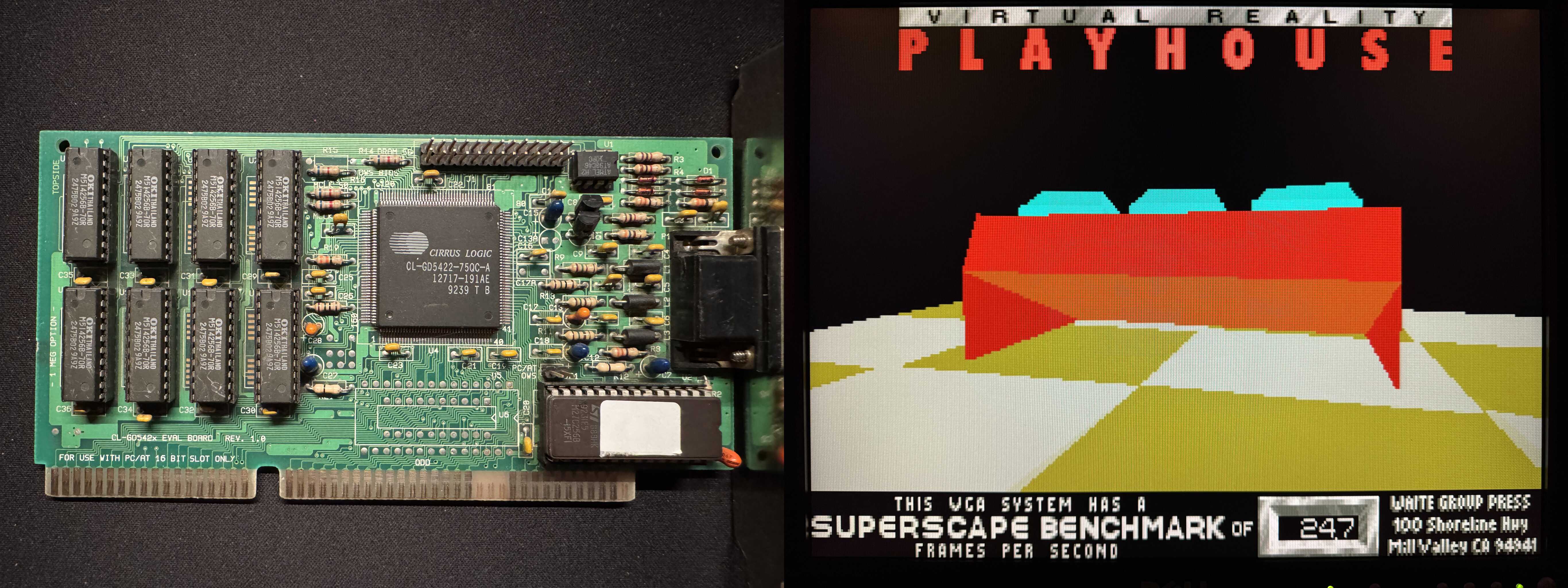
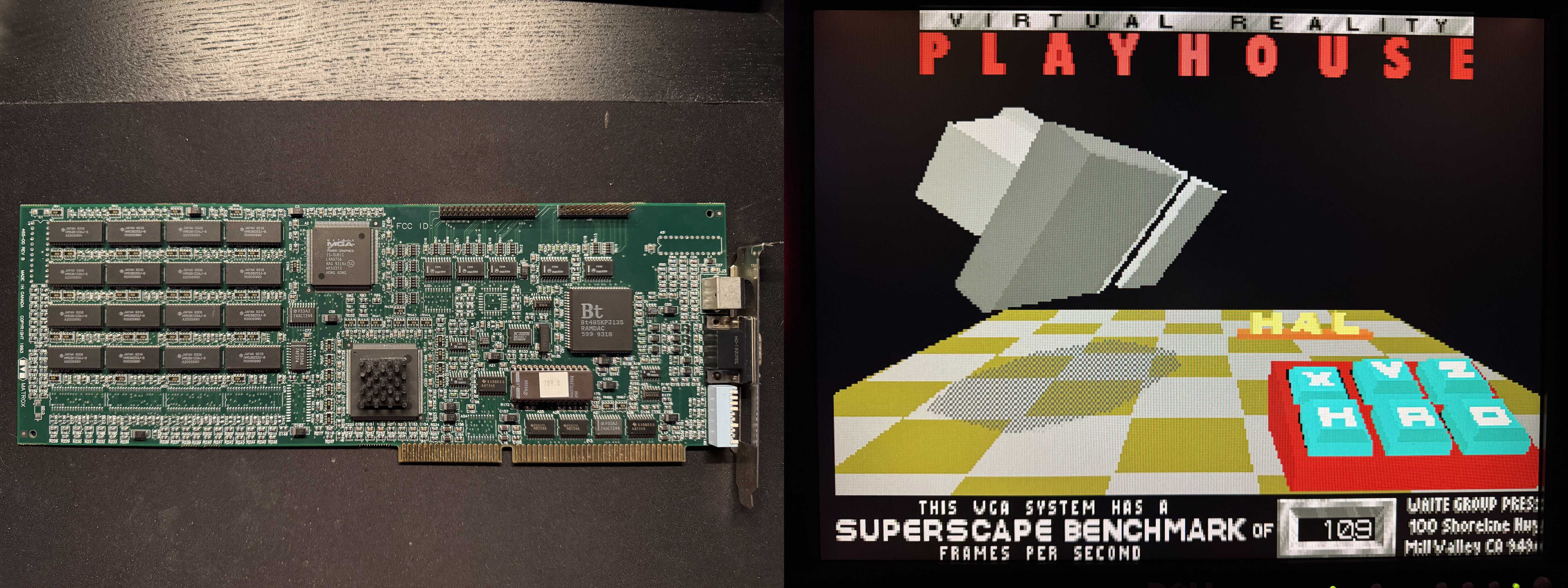
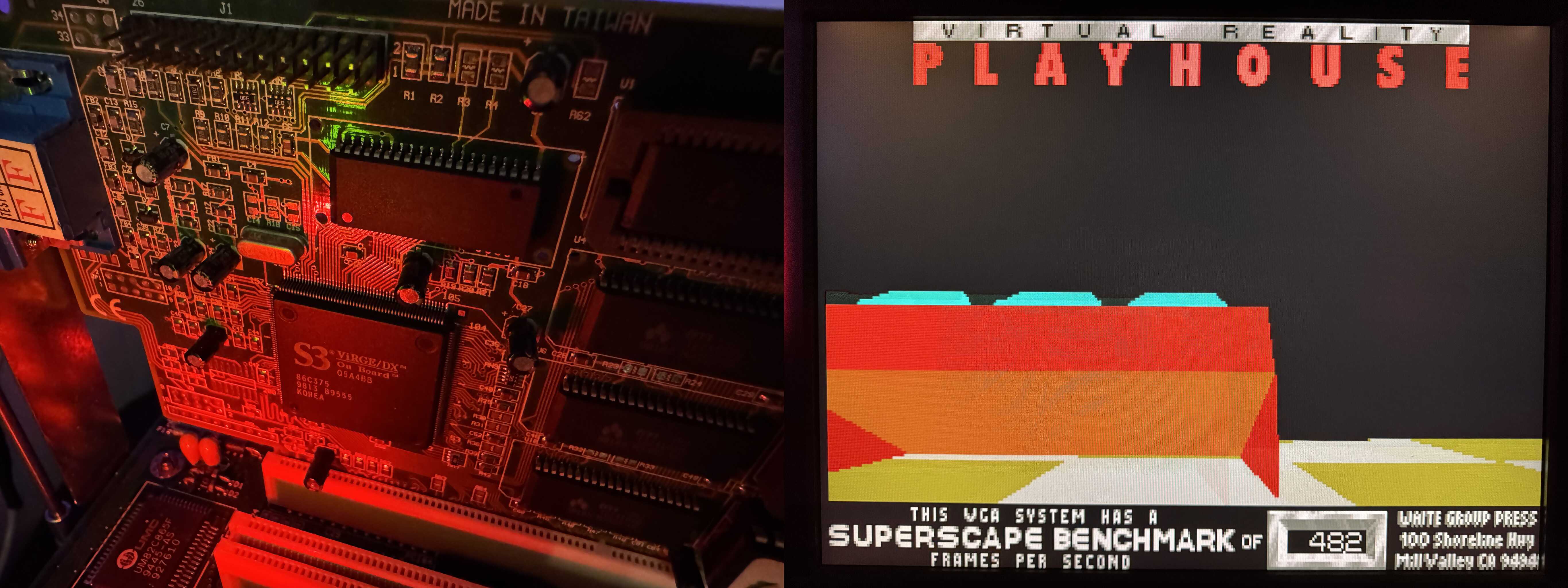
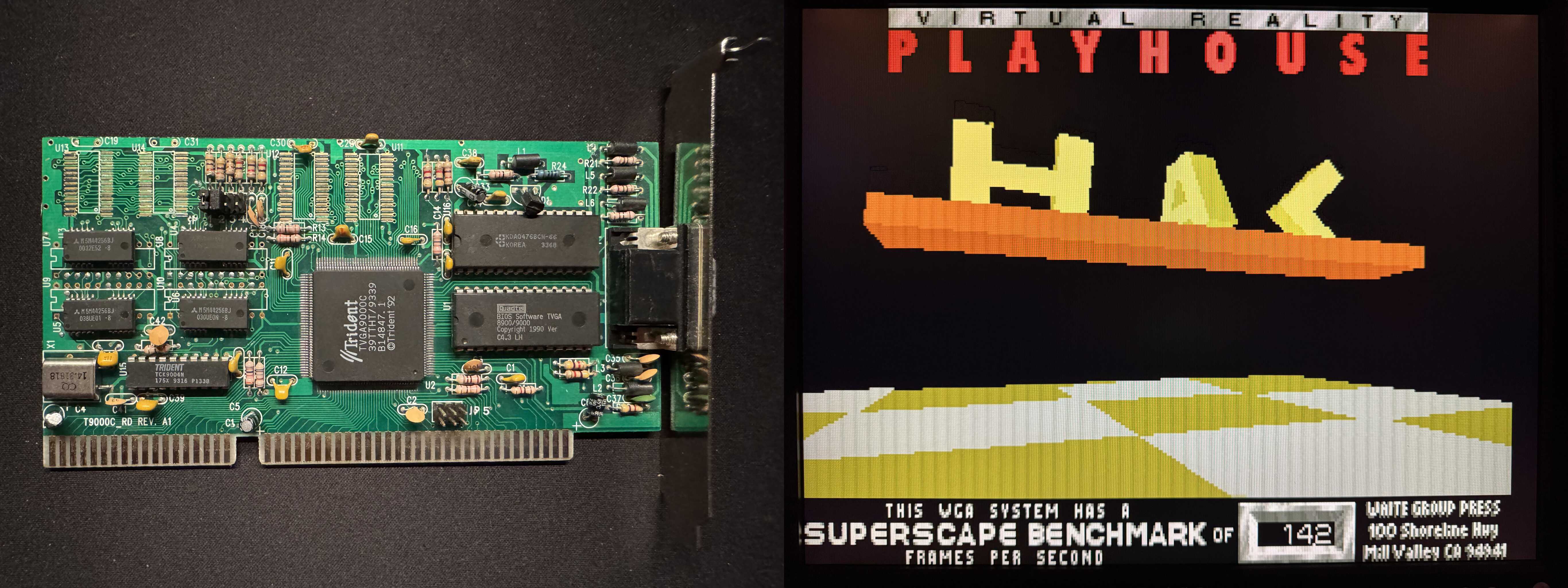
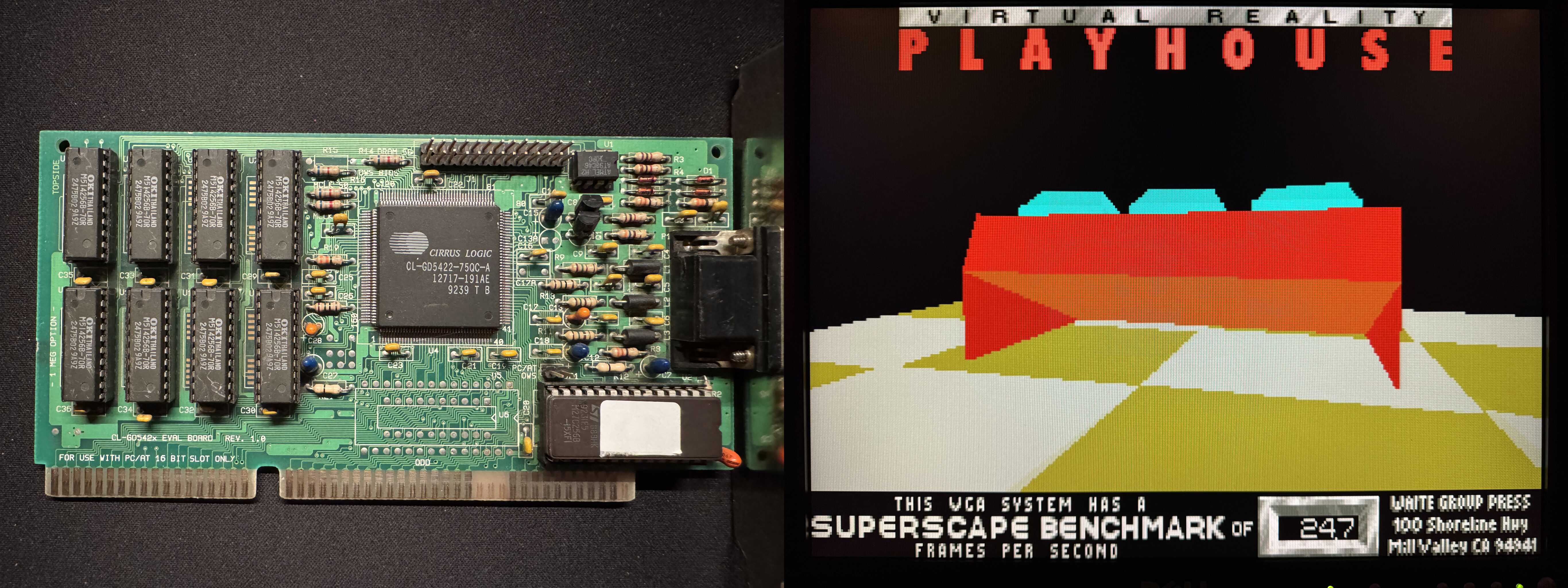
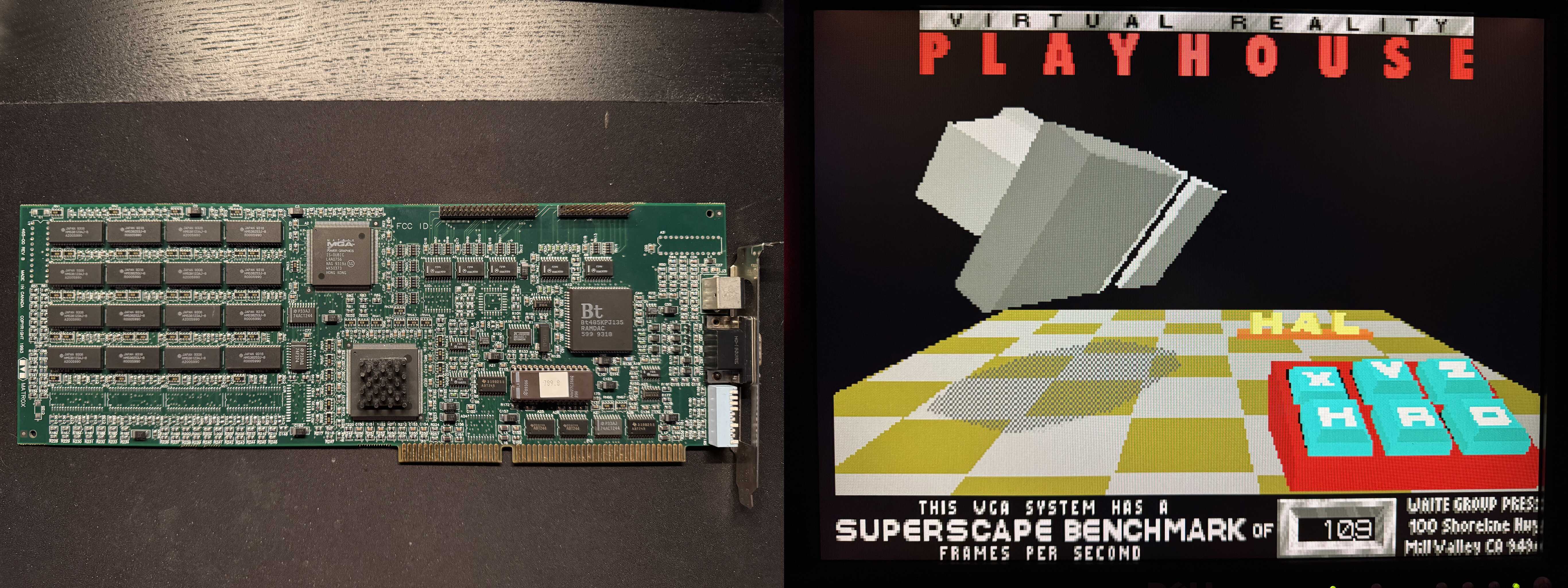
![[?]](https://pleroma.anduin.net/media/e42775318fd38a77b2c02300192e27e61861443424849feef9767918512fac8b.png?name=blob.png)

